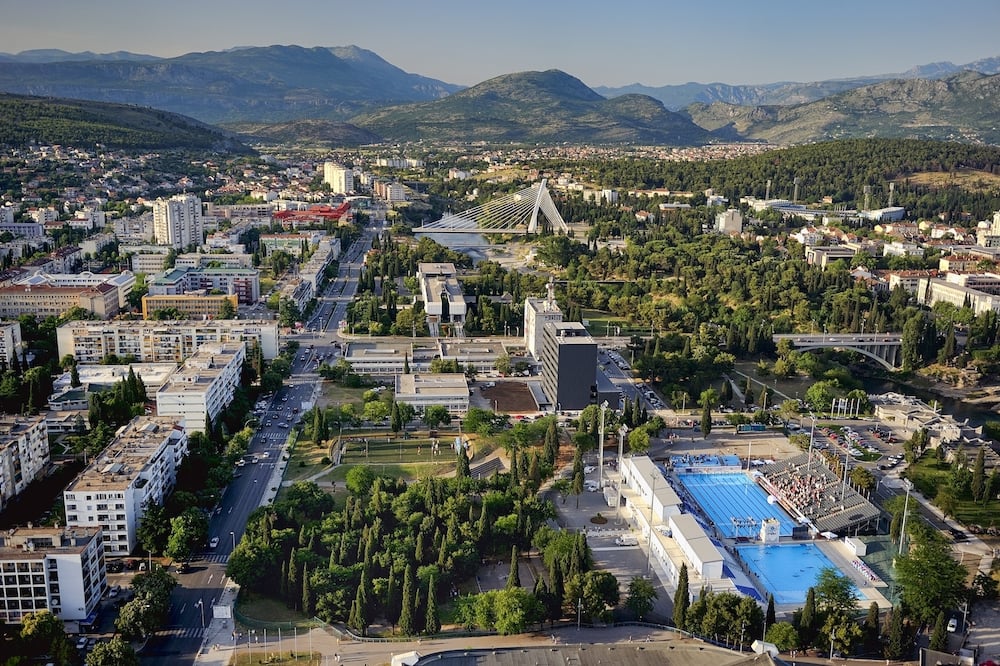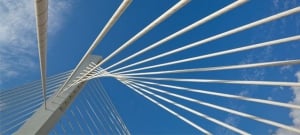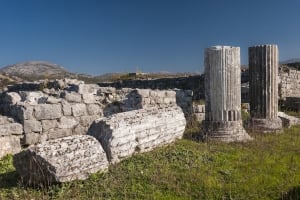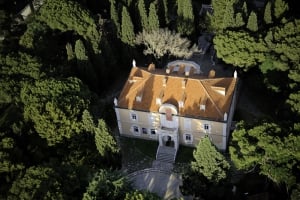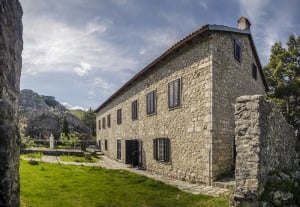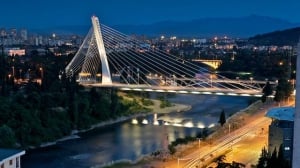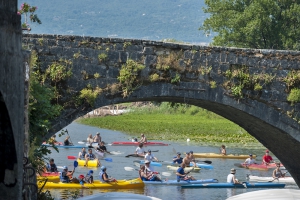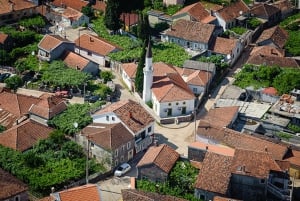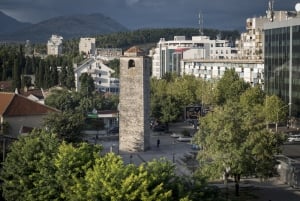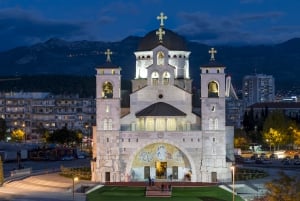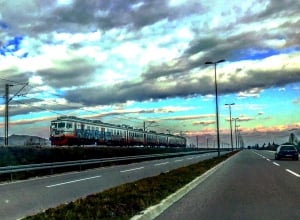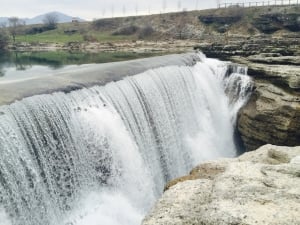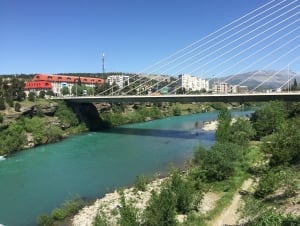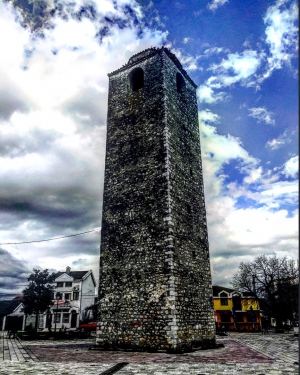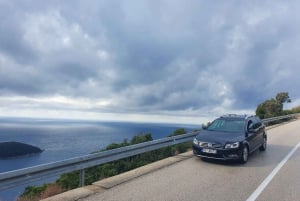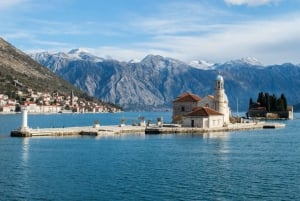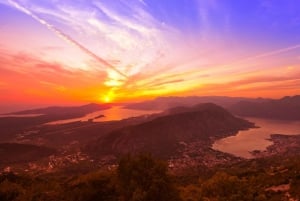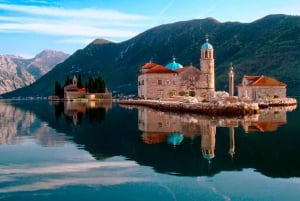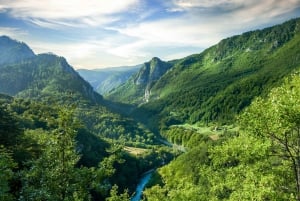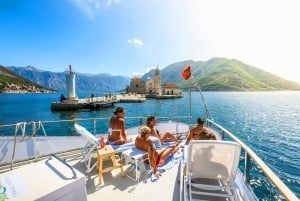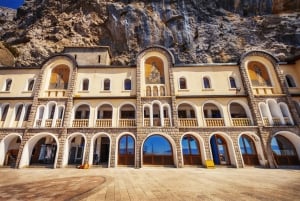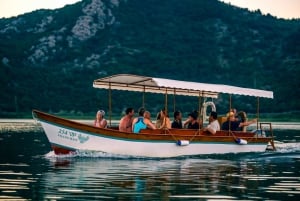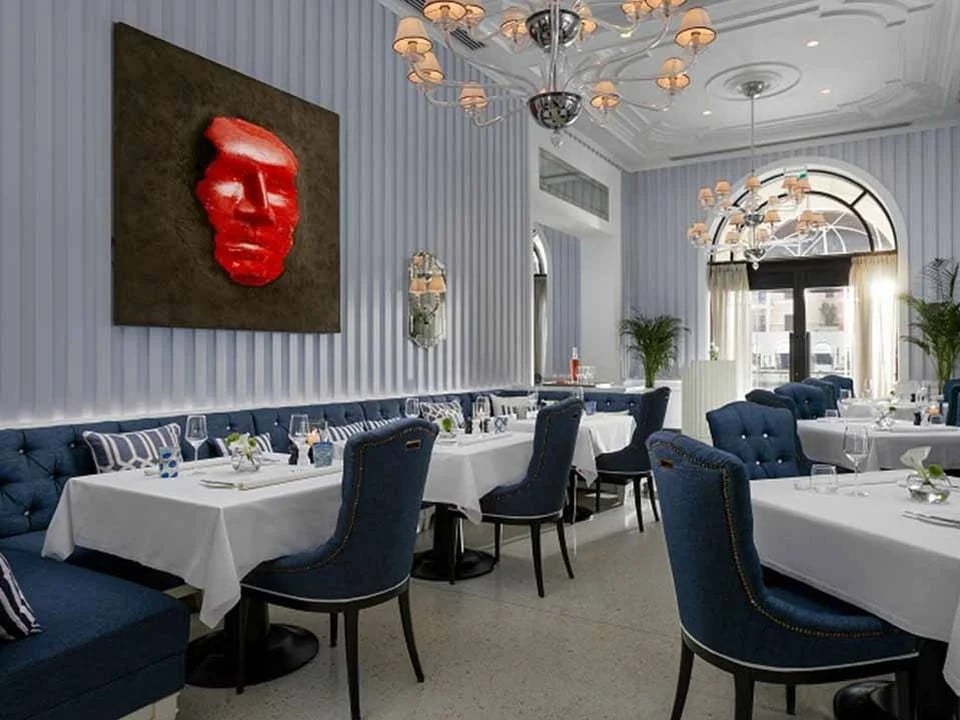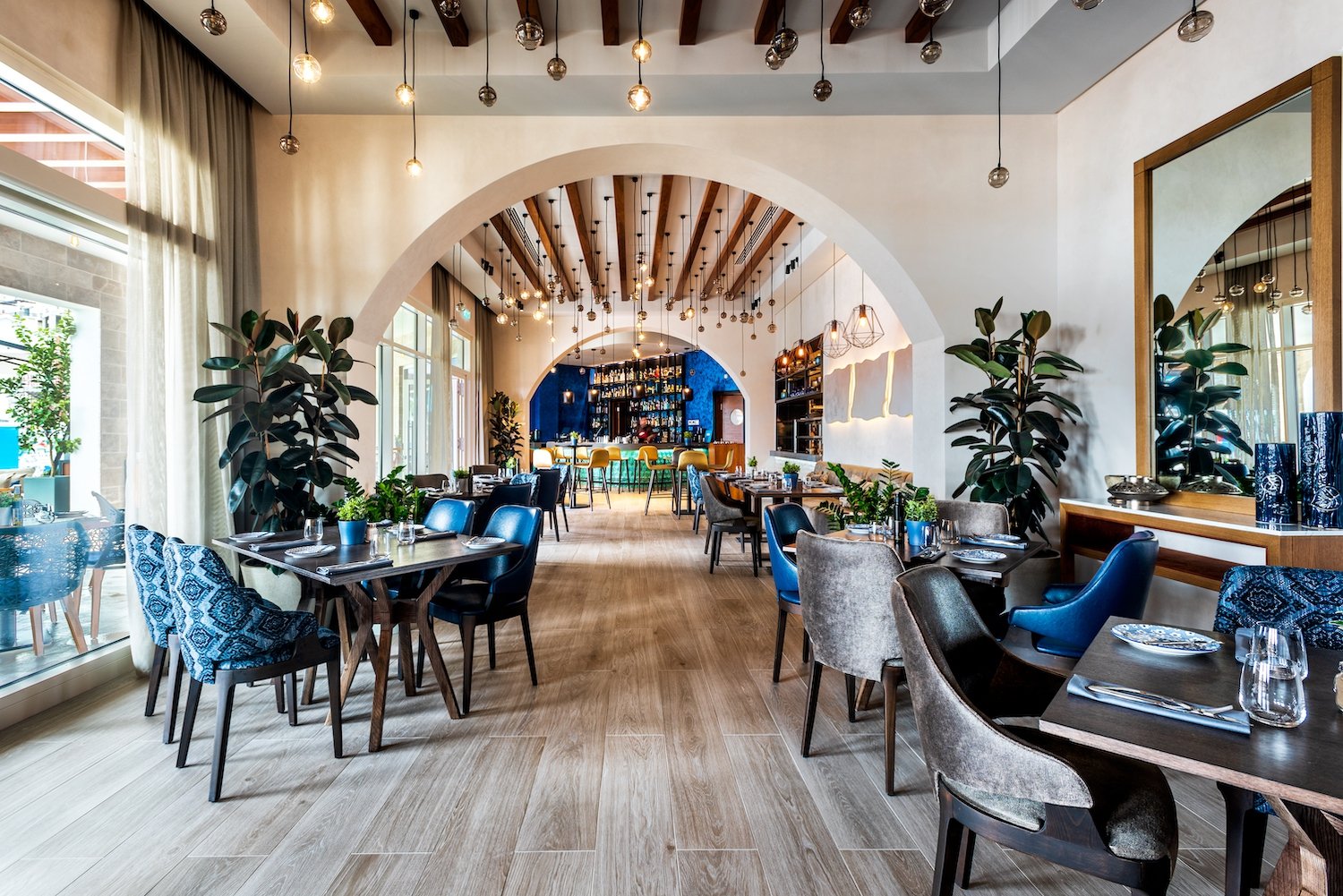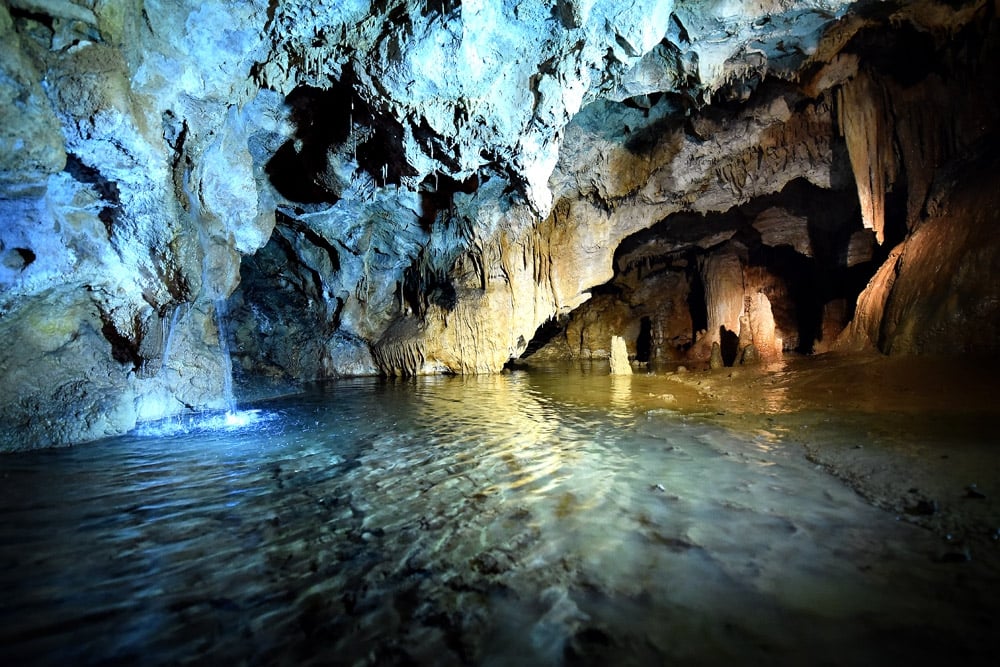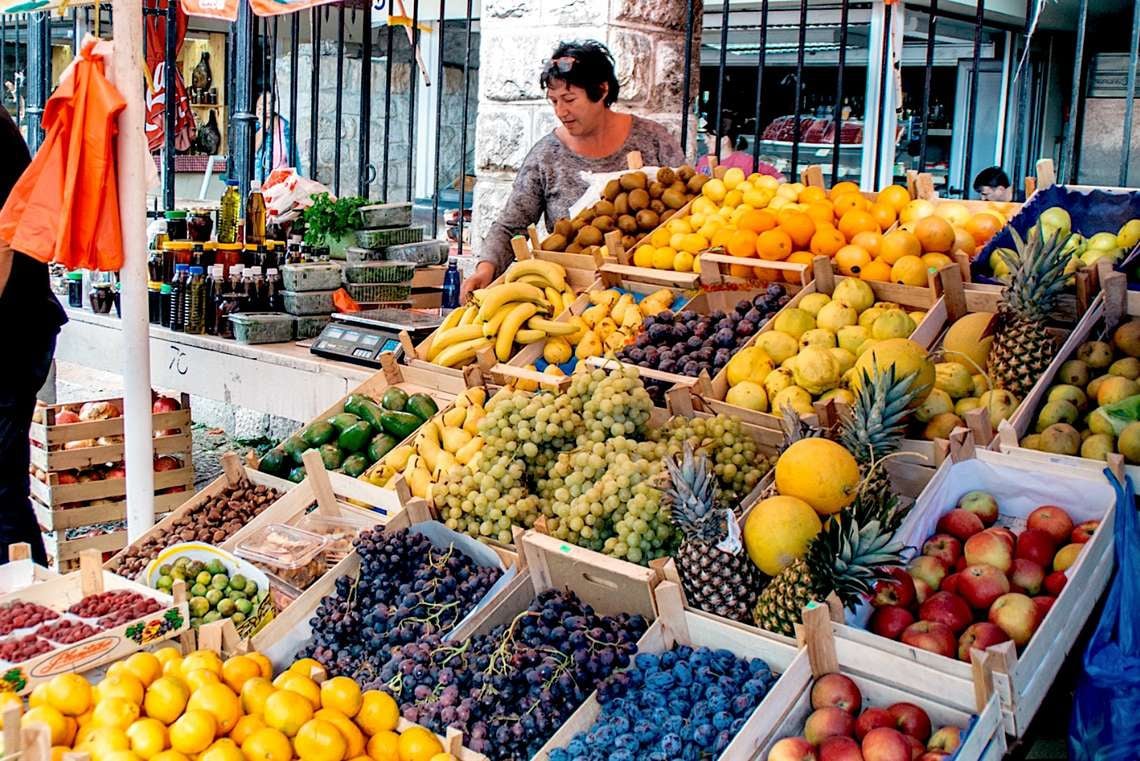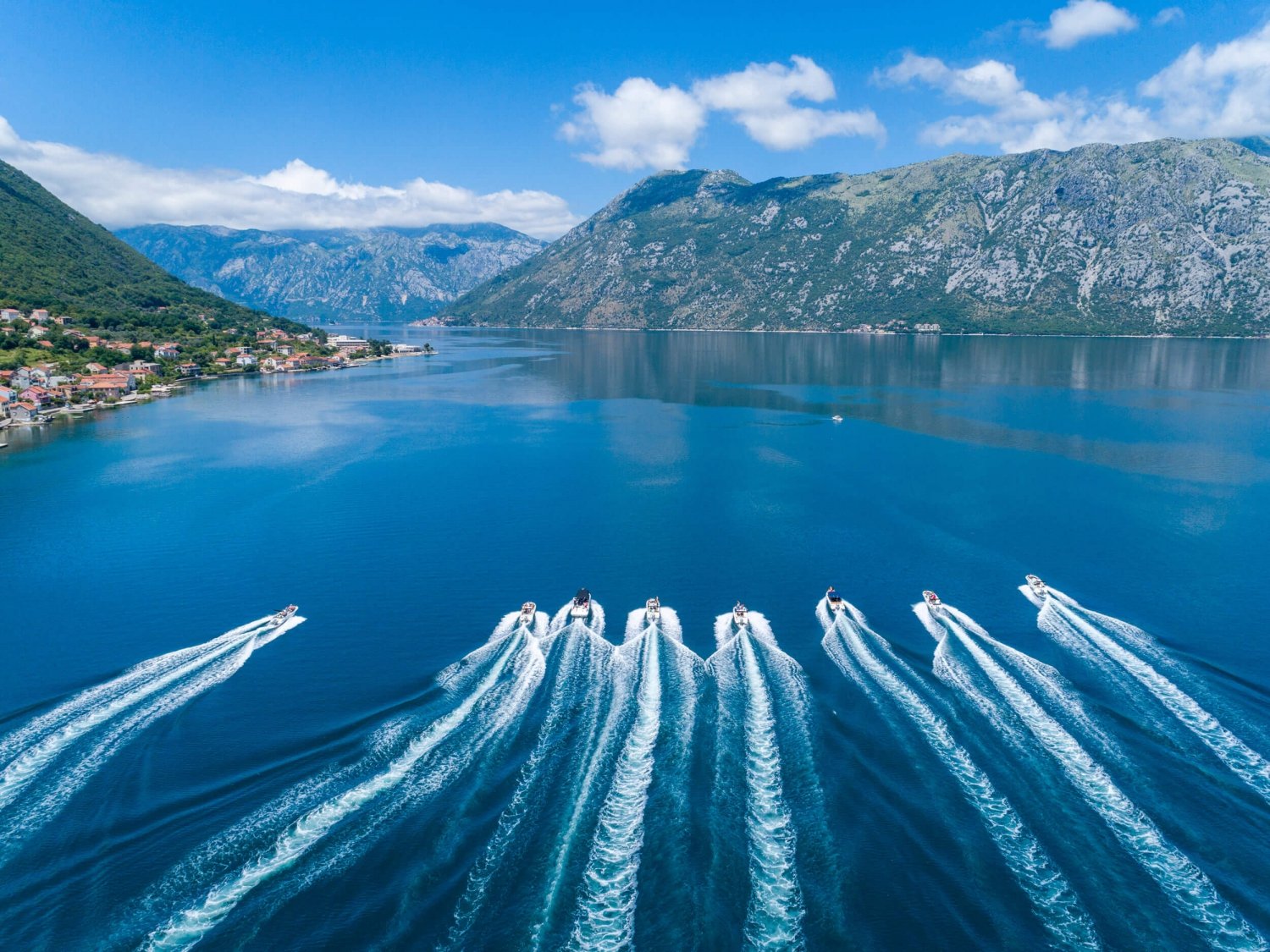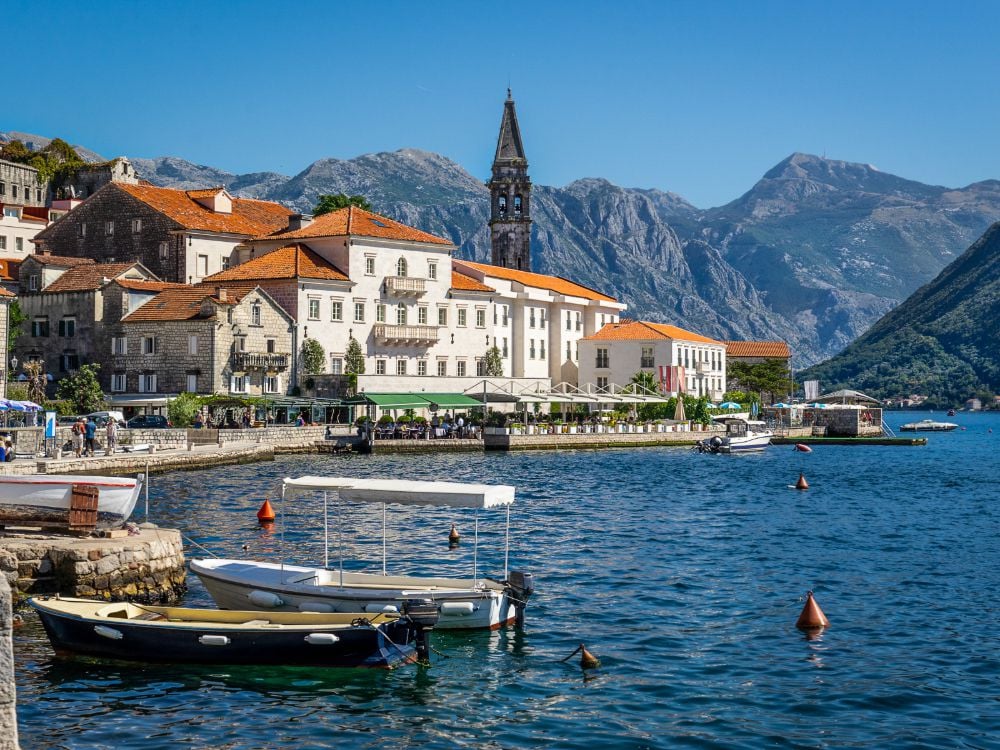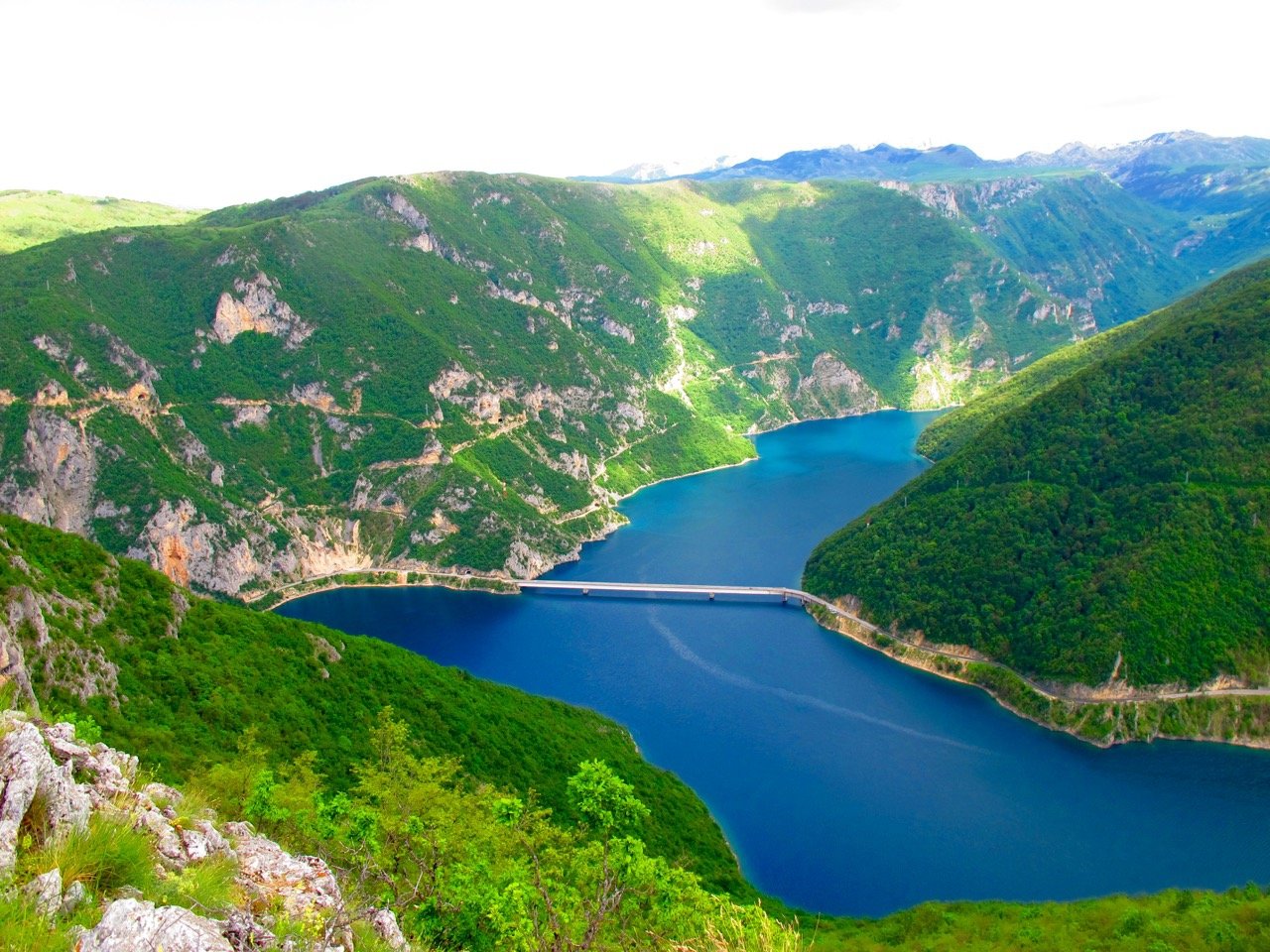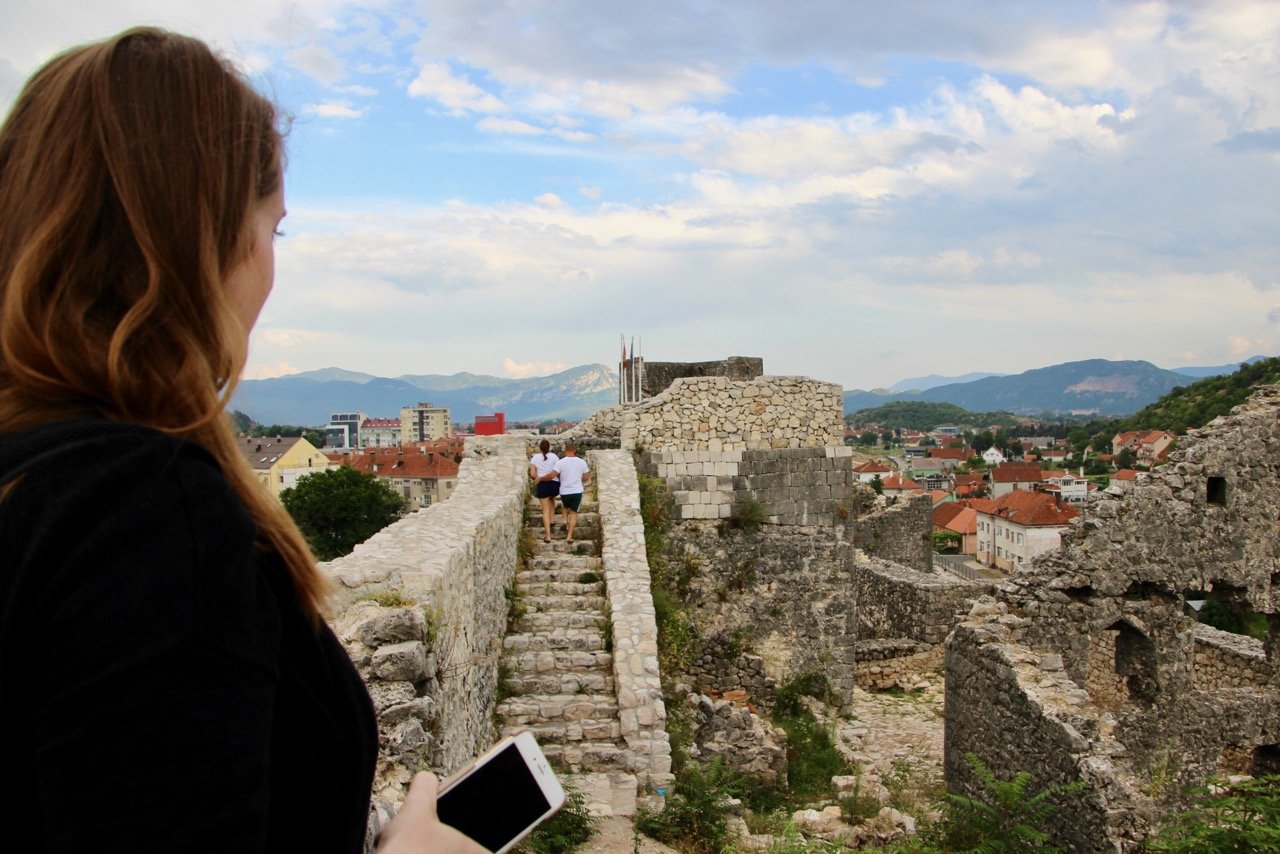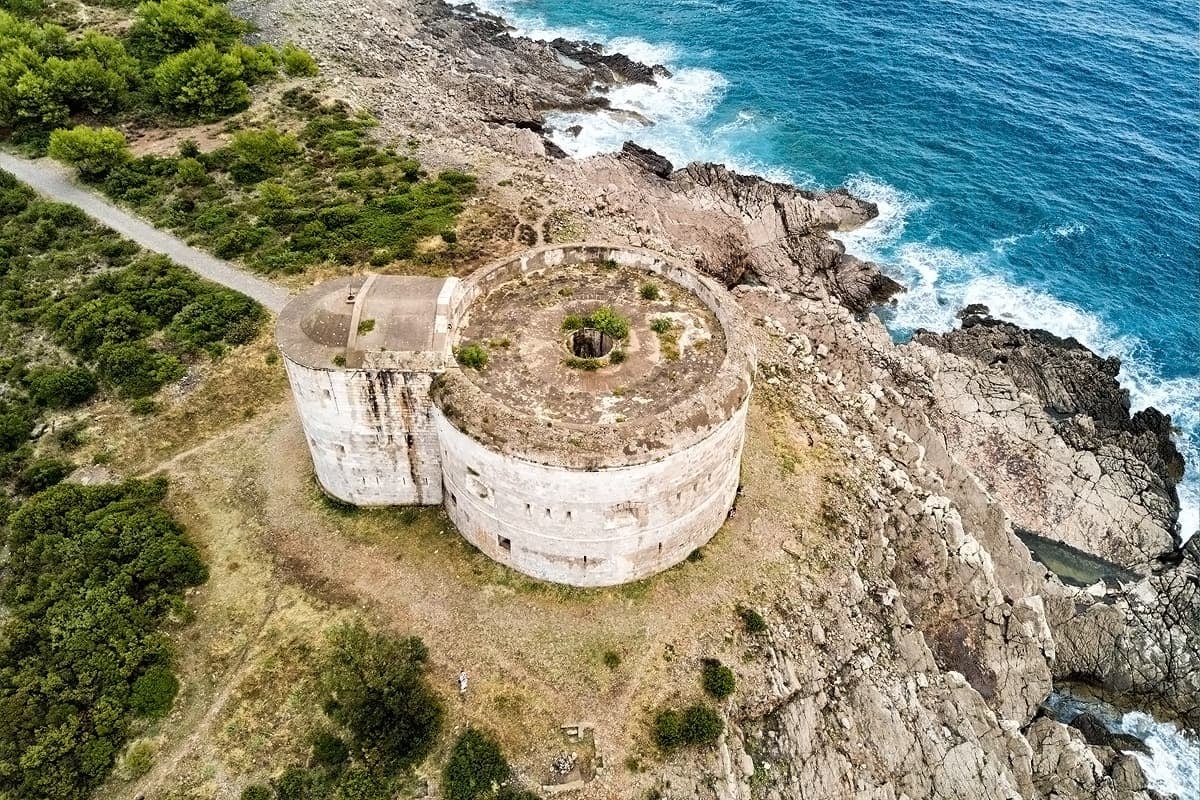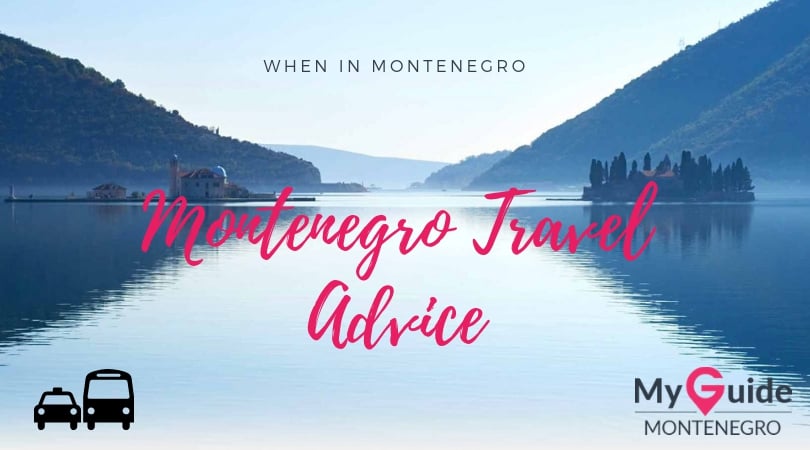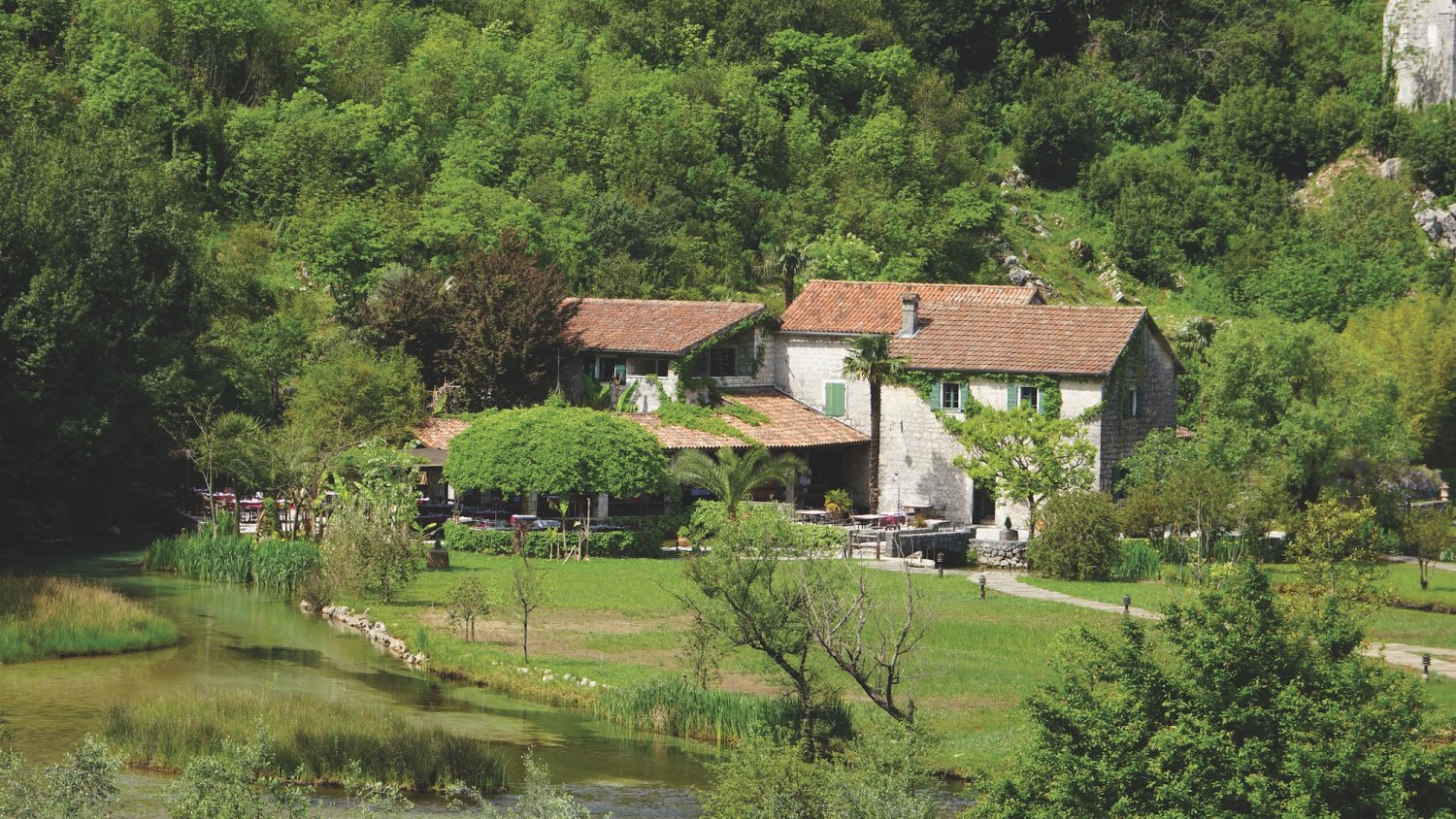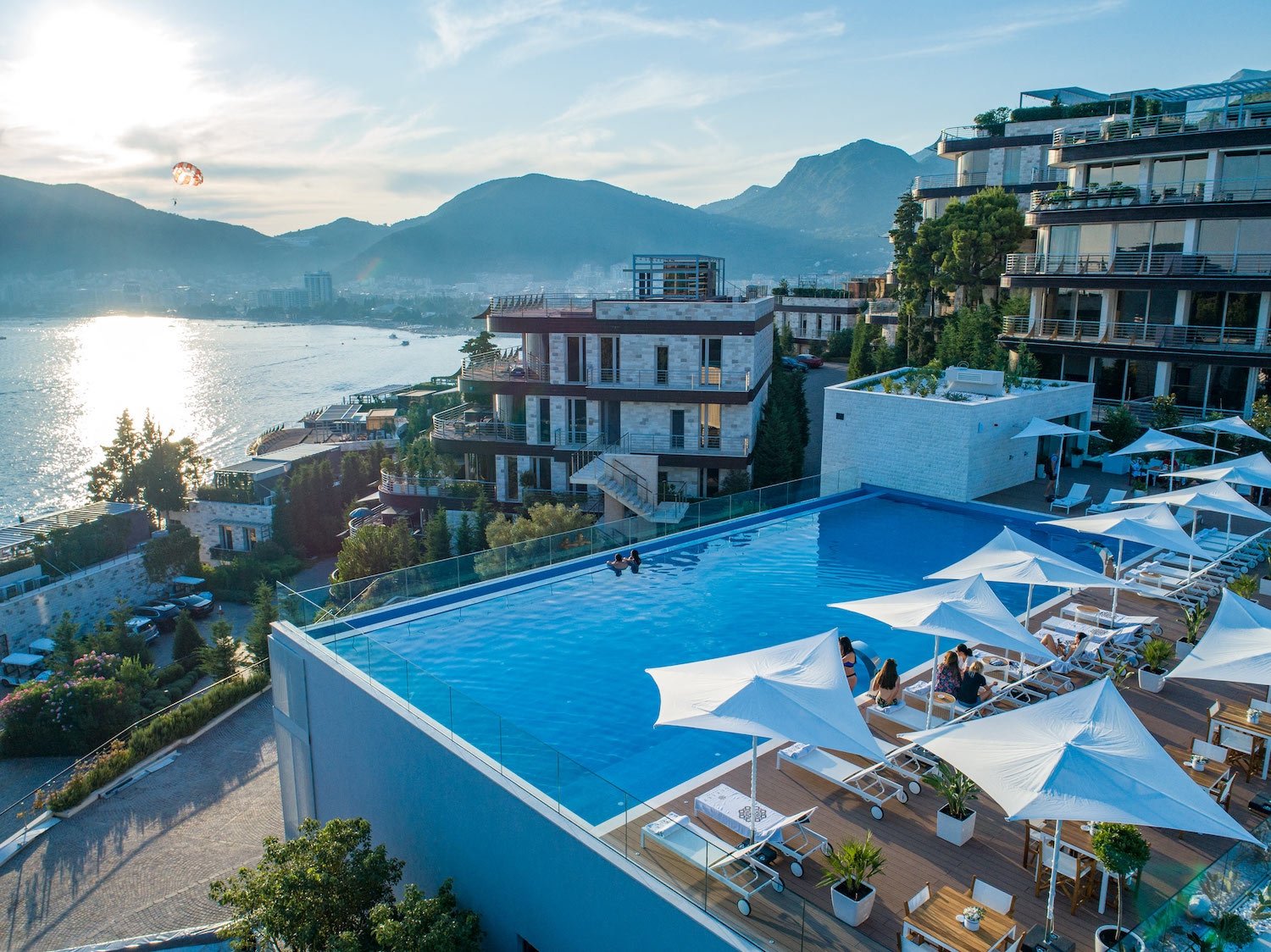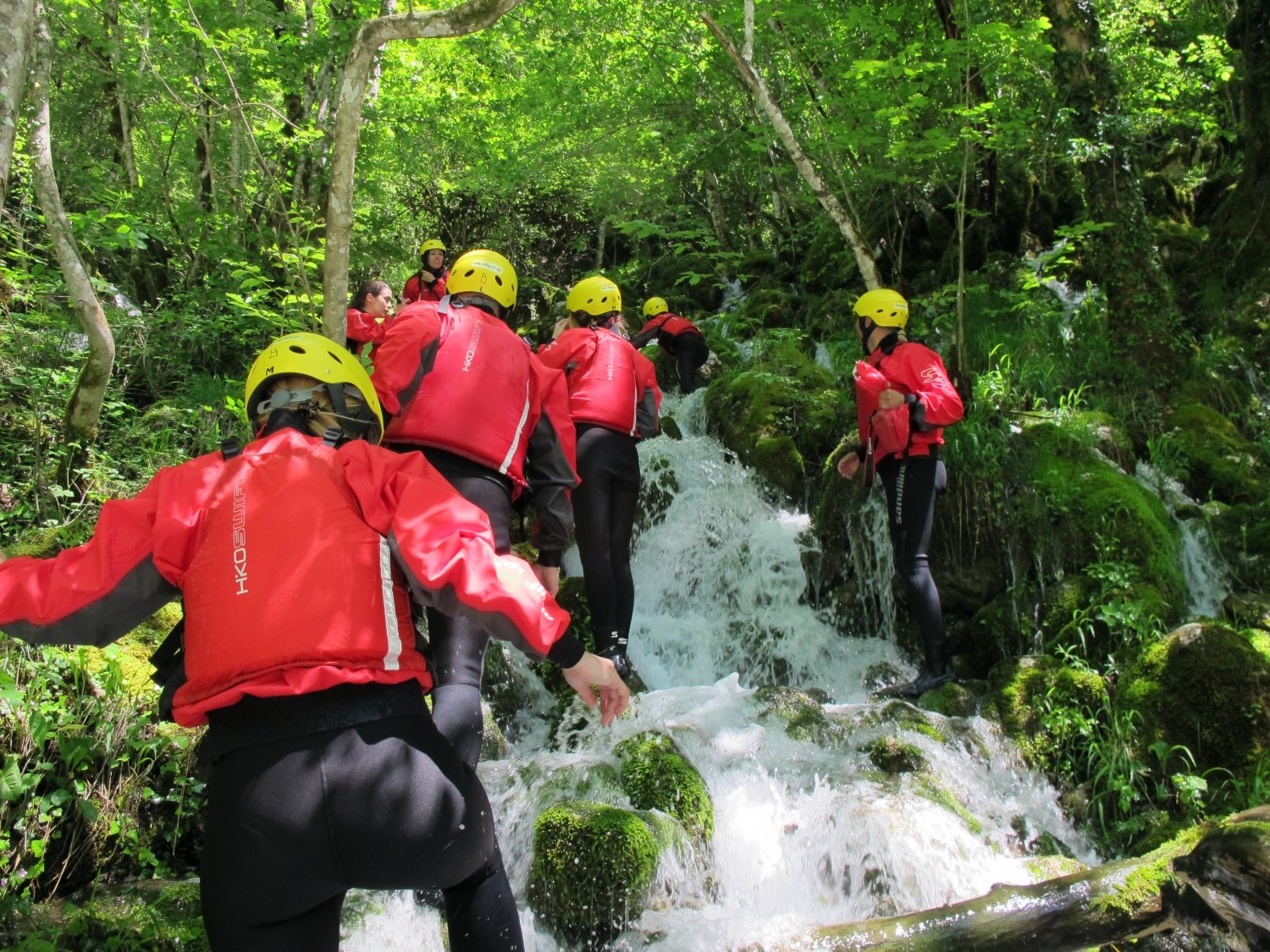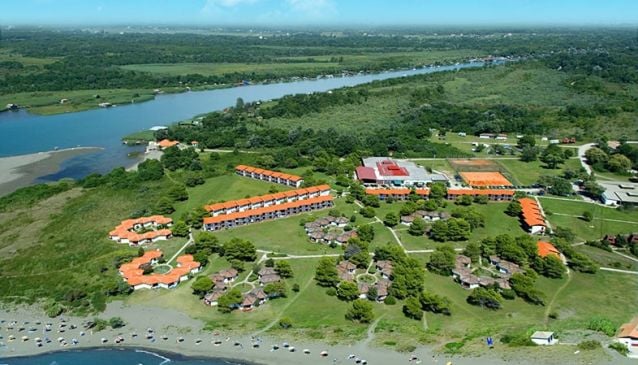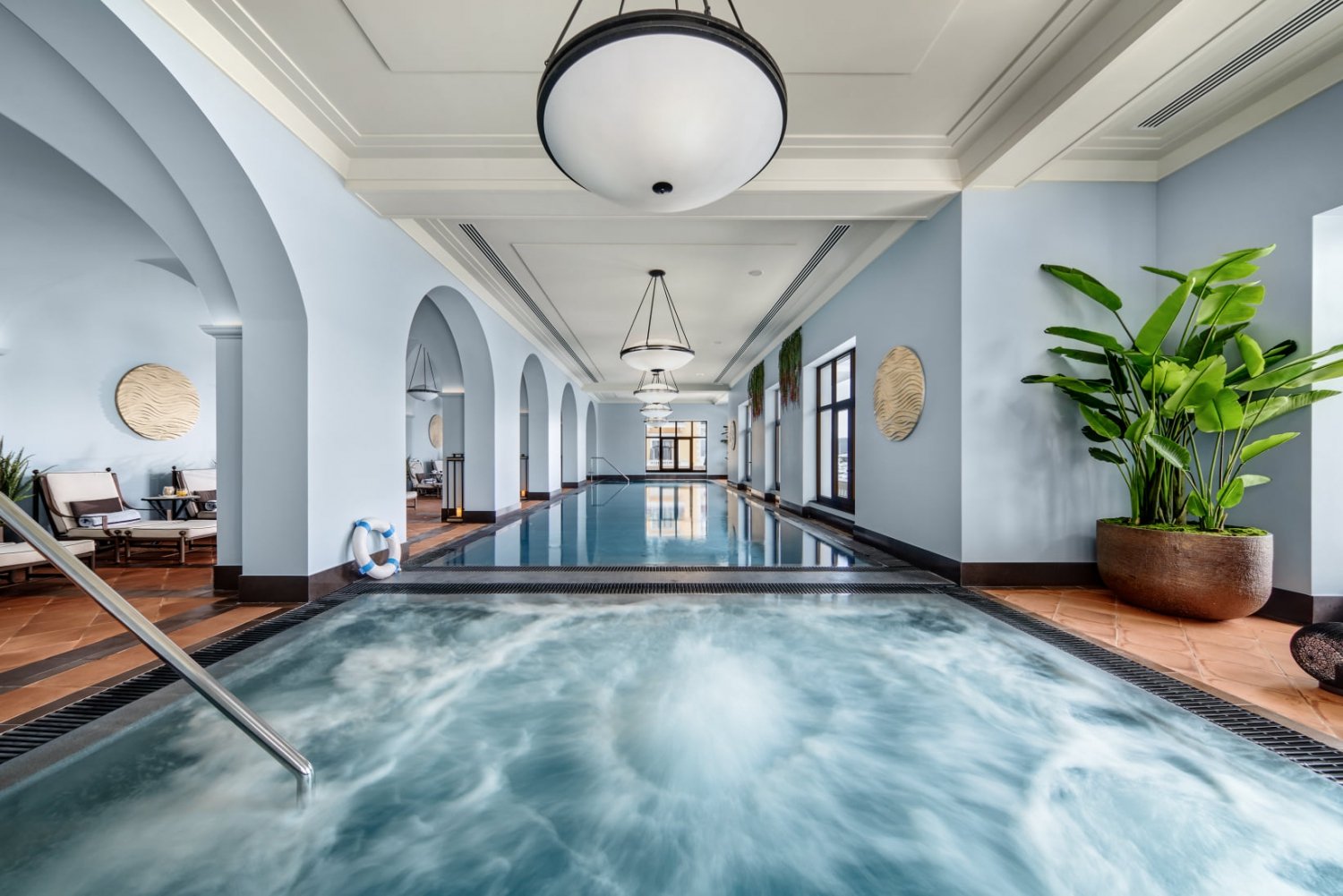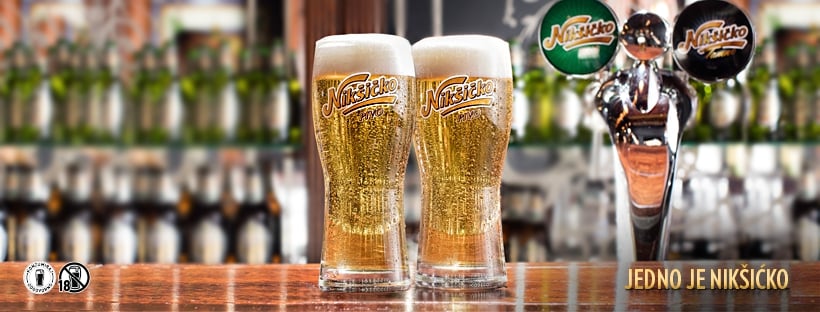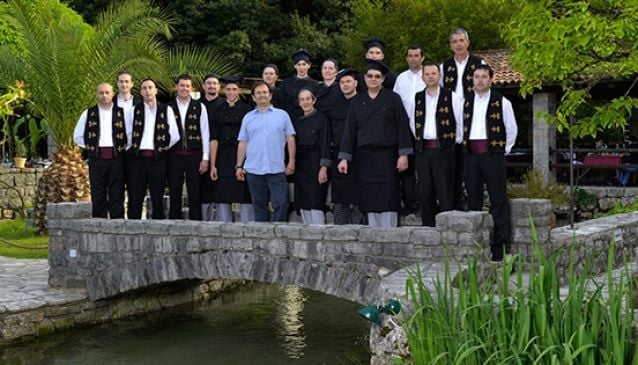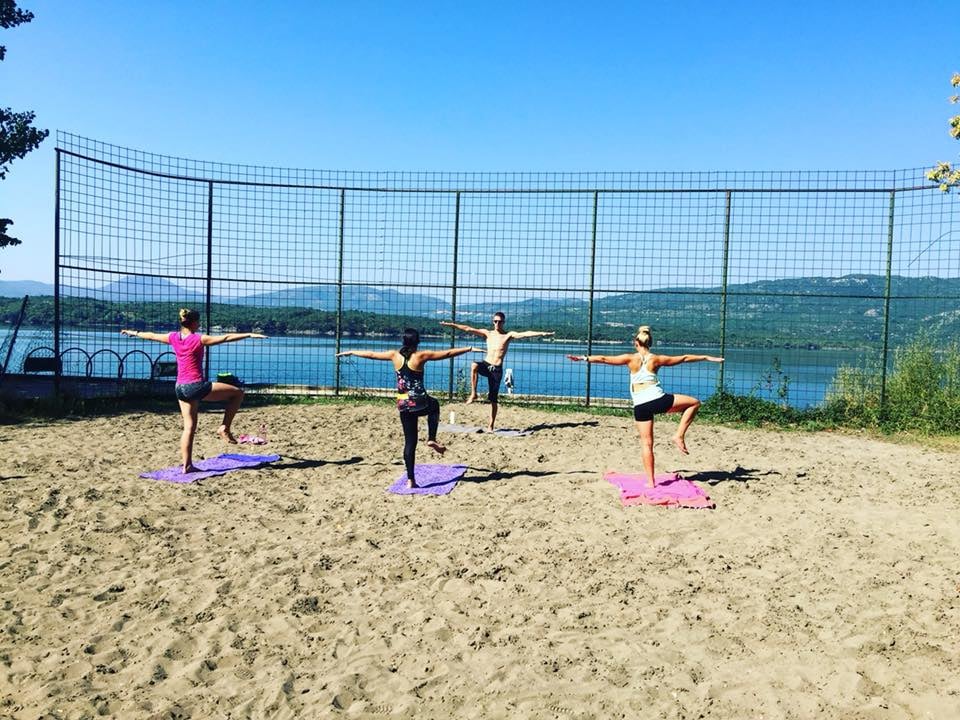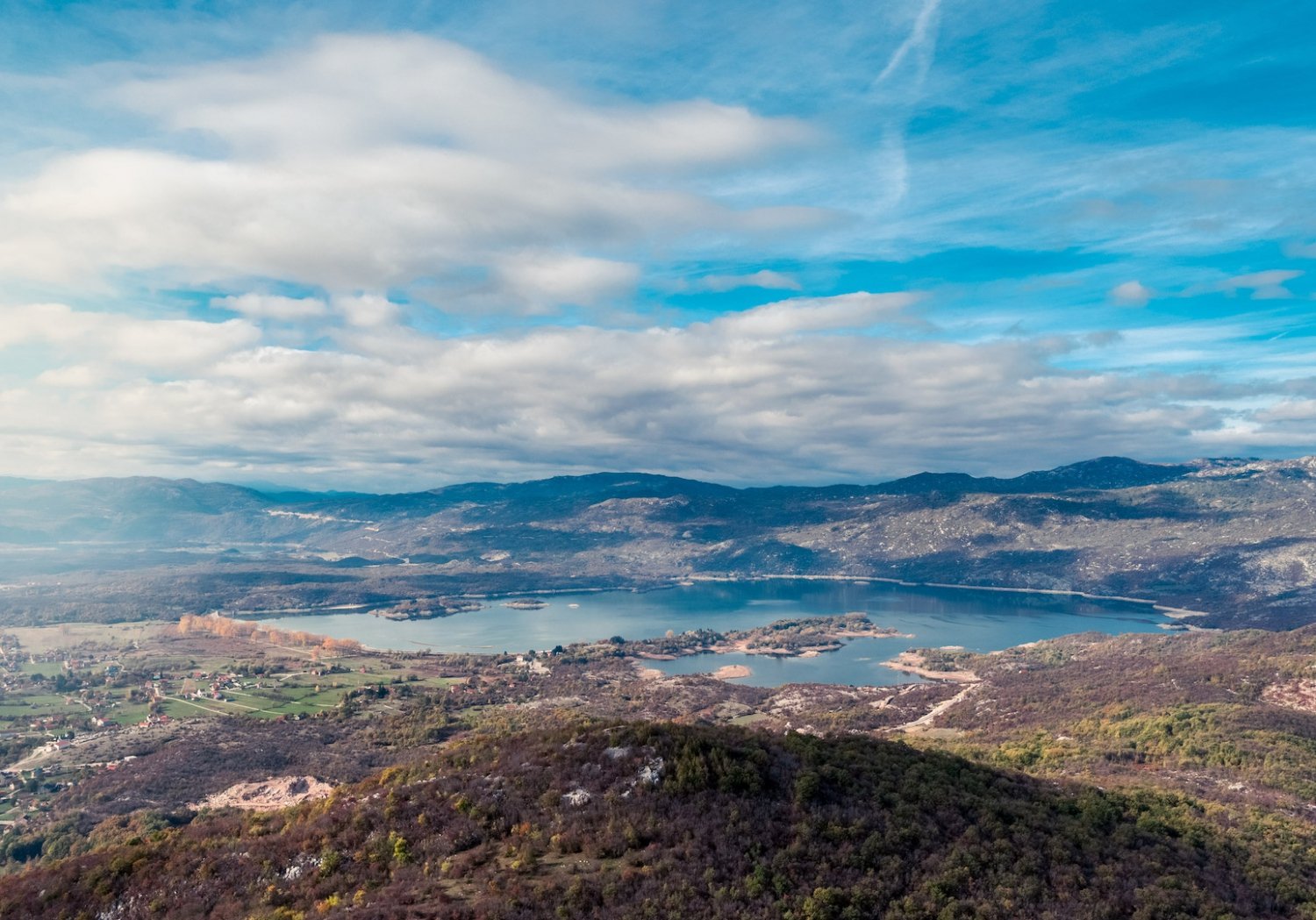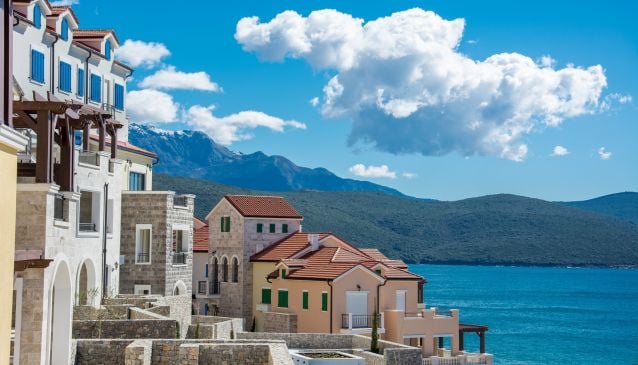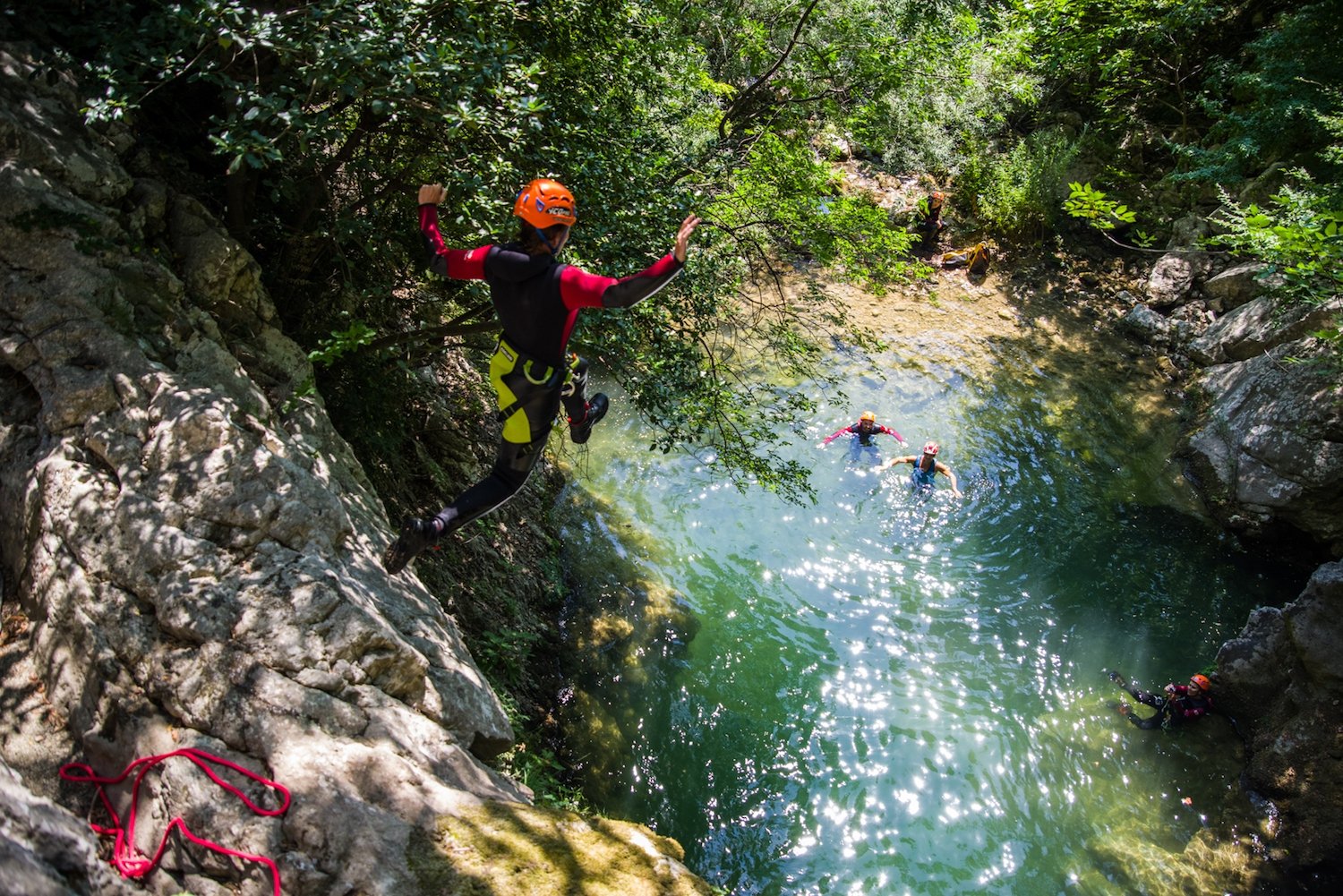Podgorica
The Capital of Montenegro
Situated close to Central Montenegro, the area is crossed with several rivers: the Morača and Ribnica rivers flow through the city itself, while the Zeta, Sitnica, Mareza and Cijevna rivers flow nearby. Though much of Montenegro is a mountainous and uneven region, Podgorica is found at the north end of the Zeta plain, with the exception of the hills (Ljubović, Gorica, Dajbabska Gora, Malo Brdo and several others) overlooking Podgorica.
The city took a battering during World War II when the region was bombed a massive 70 times; however, tourism has not been affected by this, as many of the region’s important buildings were tirelessly rebuilt time and time again.
In 1946, Titograd (Podgorica) became the capital of the Republic. This marked the beginning of a new life. In the coming period, a general transformation of the city was realised. The material, human resources, and technical potential have been enlarged, education has been strongly developed, and many new cultural and health institutions have been established. The city has become the economic, socio-economic and cultural centre of Montenegro. The name of Podgorica was returned in 1992.
Culture
Podgorica City Museum, opened in 1950, has a range of artefacts stretching from the Roman time right through the ages up to more recent items from the Turkish rule of the 1800s. The city also has a strong artistic community and history. The art gallery in the Petrović Castle complex, which is in Podgorica’s largest public park area, has over 1,500 works of art on display. One of the symbols of Podgorica's cultural life is Montenegrin National Theatre, founded in 1953 as a municipal institution.
Tourism
Podgorica serves well as a tourism destination, due to its proximity to inland features such as the great Lake Skadar and stunning mountain locations and views. Also within a short drive are the benefits of the vast array of villages and towns along the beaches of the Adriatic coast. Due to its geographical location, Podgorica is surrounded by lush vineyards. With Montenegro Soul-Healing Wine Tour, you will have the chance to visit some of the nearby wineries and taste their unique products. We recommend tasting Mola Wines, authentic, natural wine production, totally dependent on nature!
Accommodation in the area is plenty and holidaymakers considering making a booking should browse the various options online to find the location and accommodation that is most suitable for their own personal needs. Podgorica has many business travellers coming and one of the most popular places for them is Hotel Hilton that used to be a famous Hotel Crna Gora.
Podgorica is also known for its vibrant nightlife, where cafes and bars are buzzing with great atmosphere every single night.
One thing is for sure: Montenegro is a beautiful country absolutely littered with attractive reasons to visit.
Things to do in Podgorica:
- Visit Duklja ruins 5 kilometres from the city
- Go to Adventure Park Gorica
- Go-karting at Karting Centre Podgorica
- Go shopping at City Mall and Delta City
- Visit Niagara / Cijevna Waterfalls
- Visit nearby vineyards



